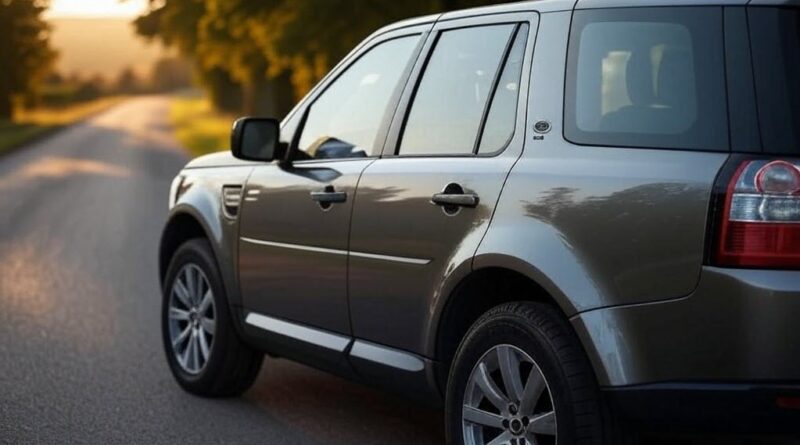Range Rover Freelander Problems: What To Know Before Buying
The Range Rover Freelander (also known as the Land Rover Freelander) was one of the brand’s first compact SUVs. Though it’s no longer in production, it remains a popular option in the used market thanks to its affordable pricing, practical design, and off-road capability. However, the Freelander is known for certain reliability issues. If you’re thinking about buying one used, this guide outlines the most common Range Rover Freelander problems and what to look out for before making a decision.
1. IRD and Rear Differential Failure
The Intermediate Reduction Drive (IRD) unit and rear differential are common weak points in the Freelander 1 (1997–2006).
Typical signs of trouble include:
- Clunking or knocking noises
- Difficulty turning or vibrations
- Uneven tyre wear
These issues often come from drivetrain stress, especially when tyres are mismatched or not properly inflated.
2. Viscous Coupling Unit (VCU) Problems
The viscous coupling unit is another known failure point. When it seizes, it puts extra strain on the drivetrain and leads to costly repairs.
Common symptoms:
- Resistance when turning
- Heavy steering
- Increased fuel usage
Some owners remove the propshaft to avoid repair costs, converting the vehicle to front-wheel drive — which reduces off-road capability.
3. Head Gasket Failure in Petrol Models
Freelander 1 petrol engines, particularly the 1.8L K-series, are prone to head gasket failure.
Check for:
- Overheating
- Coolant loss
- White residue or sludge under the oil cap
Head gasket repairs are expensive, so this issue is worth checking thoroughly during an inspection.
4. Electrical Faults
The Freelander 2 (2006–2014) brought improvements but still experienced electrical issues, including:
- Central locking malfunctions
- Dashboard warning lights
- Faulty window regulators
These can be inconvenient and costly to diagnose and repair.
5. Battery Drain and Starting Issues
Owners have reported battery drain or starting difficulties, often due to aging components or minor electronic faults.
Causes may include:
- Malfunctioning door modules
- Charging issues with the alternator
- Faulty immobiliser or key fob problems
Testing battery voltage and alternator output is advised before buying.
6. Suspension Wear and Noisy Ride
Over time, suspension components wear out, especially on vehicles used on rough terrain or high-mileage Freelanders.
Watch for:
- Clunking or knocking over bumps
- Loose or vague steering
- Uneven tyre wear patterns
Replacement of bushings, control arms, or shock absorbers is often necessary.
Final Thoughts: Is the Freelander a Good Buy?
The Freelander can be a solid and affordable SUV choice — if you find the right one. Look for:
- A vehicle with complete service records
- A clean MOT and inspection report
- Signs that major problem areas have already been addressed
Later Freelander 2 models with diesel engines, particularly those made after 2010, are considered more reliable and refined.
Buying a used VW. Buying used vauxhall, BMW, Jaguar, Ford, Volvo, Range rover, Bentley, Aston Martin, Porsche, Ferrari, Lamborghini, Maserati, Hyundai, Tesla, Honda, Pagani

